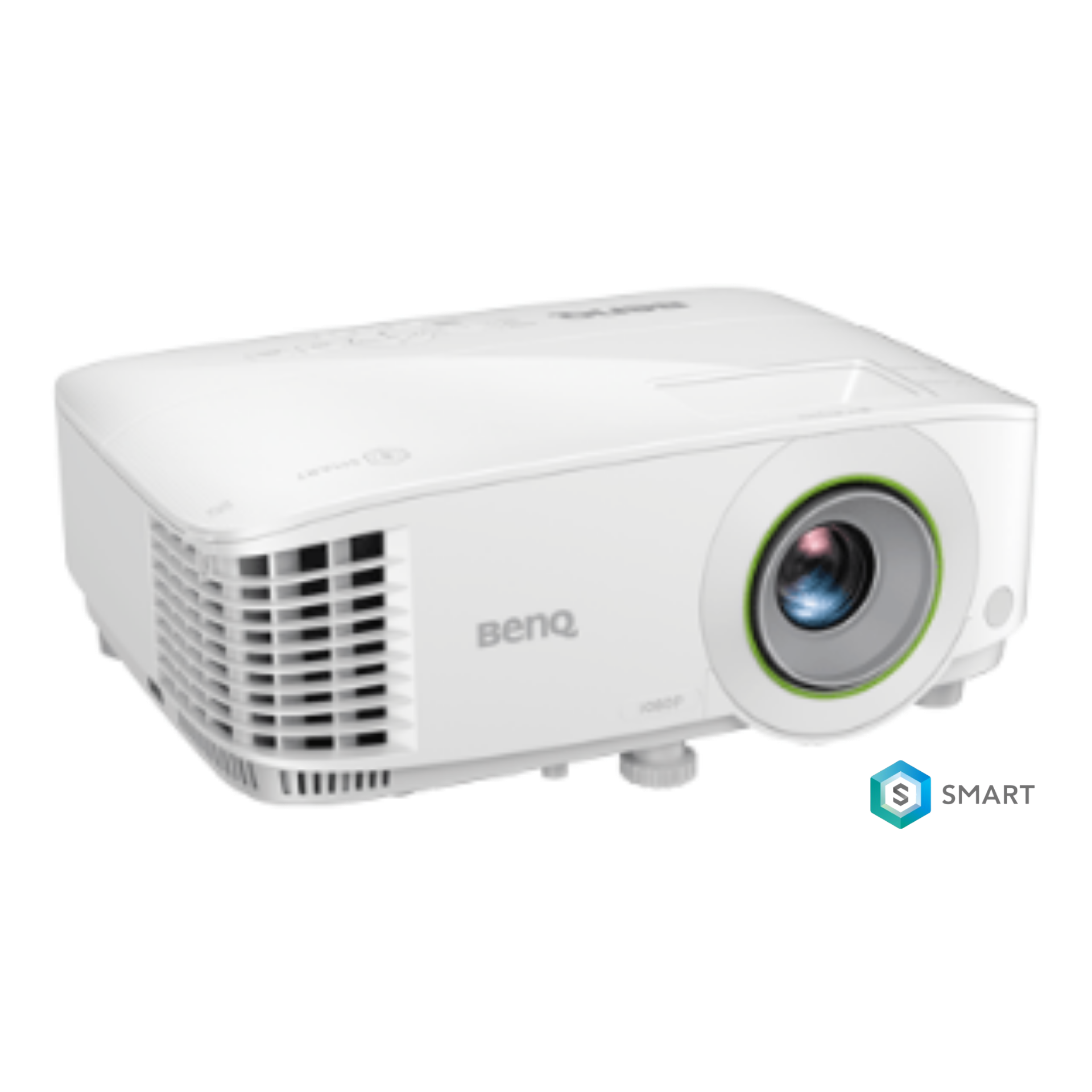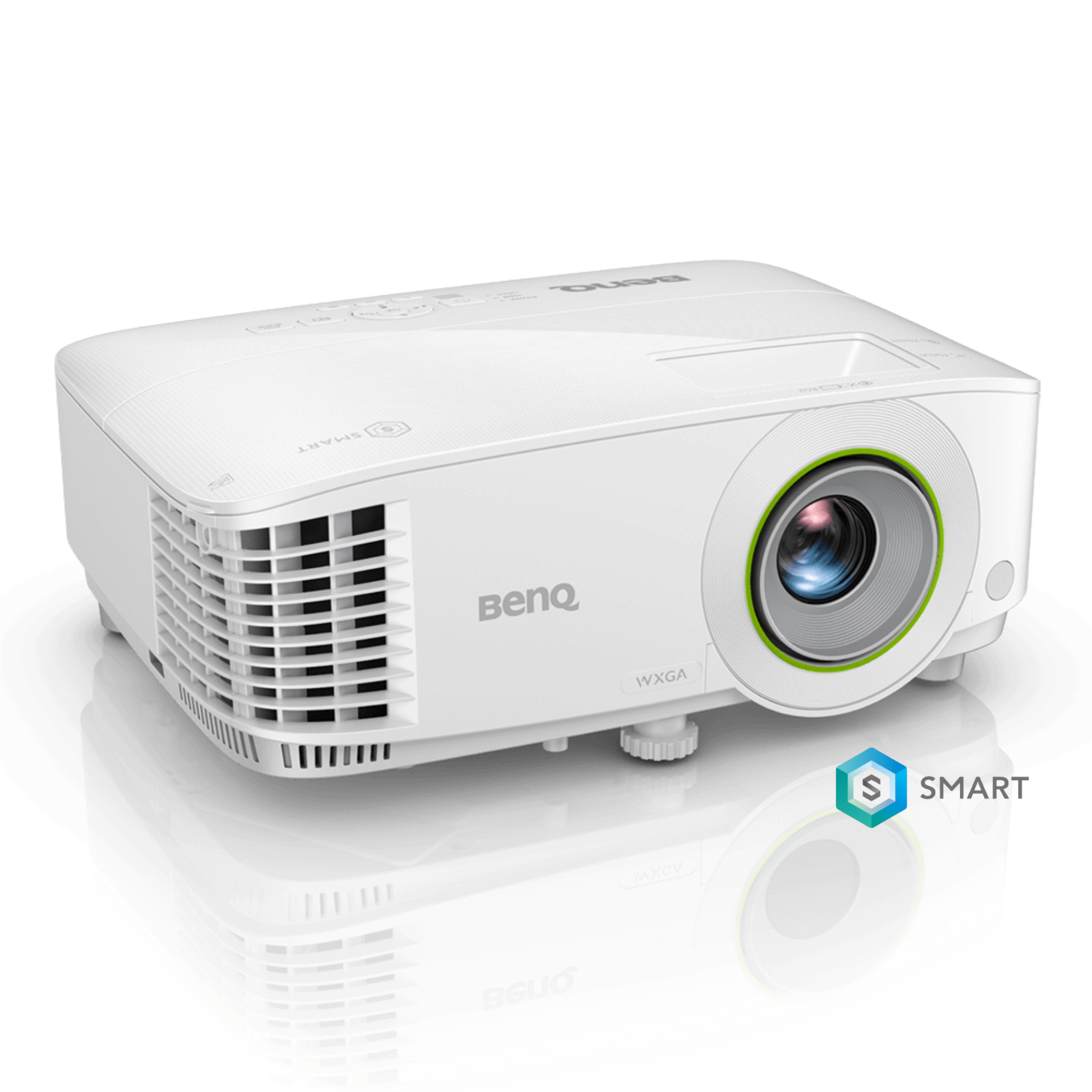Meeting room equipment solutions - Which to choose for a successful hybrid conference?
- BenQ
- 2021-03-31
The workplace and business landscape has certainly changed over the last few years. Between ongoing telework trends and then the arrival of the COVID-19 crisis, enterprise and organizational cultures face much upheaval. Plus, because everyone still needs to hold meetings and get in touch with coworkers, hybrid models of cooperation have arisen. We’ve looked at this in previous articles, and would now like to cover the kinds of hardware you need in hybrid meetings, which bring coworkers together whether working from home or the office.
Efficiency and people engagement remain the most important factors in hybrid meetings. Video conference equipment, PC-less meetings, wireless projectors, and interactive flat panels all deliver solutions that help remove clutter, diminish hassle, and build up engagement. They also work excellently with bring your own device (BYOD) culture. For hybrid meetings, you don’t want to spend time setting up and troubleshooting. You want to get the most out of each session. You want efficiency and engagement, which are the primary markers for meeting success.
Traditional multiple laptop setup with wired connections to display or projector
We’re using this familiar and often annoying setup as a clear and relatable example of what meetings should evolve away from. While it’s OK for a small scale meeting, with a large group you start running into issues like not enough video connectors and cables running all over the place. Also, not everyone’s a tech whiz so there’s bound to be some awkwardness as people rotate laptops and plug/unplug from whatever you’re using as a display, be it large TV or projector.
As these meetings scale up in size, the actual number of available cables becomes an issue or maybe people come in with incompatible cables. Like Thunderbolt for a display device that only has HDMI and VGA. Where’s the adapter? Nobody seems to know. All of that puts up big hurdles to meeting success.
Wireless projectors mitigate much of the mayhem related to this scenario by offering a display solution that doesn’t rely on cables to connect with users and their laptops or other devices. However, not all wireless projectors are made equal, and some may create problems of their own.
Also, in the age of virtual conferences the narrow angles offered by laptop cameras certainly don’t work very well for large gatherings. Nor do their microphones and speakers provide sufficient power and service for more than a couple of attendees. But it’s understood that not all businesses and organizations can afford a full-scale, professional conference setup like that of an auditorium, as those cost a lot. There are solutions that cover the middle ground, though.
Interactive displays offer an all-in-one solution
Good interactive displays or interactive flat panels, also known as IFP, deliver a platform that single-handedly eliminates much of the complexity involved with any type of meeting, including virtual and hybrid ones.
First of all, they have anti-glare and anti-microbial coatings on their screens for a double whammy of viewing comfort and attendee health protection. The anti-glare screens work great in any light conditions, including bright days. No more rushing to close the blinds or find an angle away from the sun, whether at home or the office.
With built-in high speed Wi-Fi or LAN internet access and embedded apps, interactive displays effectively remove the need to bring laptops or any other devices, for team members attending in person. They can simply access files and other content via cloud storage accounts right on the central display. Really good IFP solutions go further to offer seamless wireless presentation with remote access and little need to fiddle with physical controls. They also support multitasking and split screen presentations, and those are great for team-wide brainstorming sessions.
You should also look for a user-friendly account management system or AMS, which makes it easy to maintain work continuity and access to projects. Good interactive displays arrive with an AMS solution included. They also possess a camera and microphone array, accompanied by high-powered speakers. For the typical 5-25 person meeting room, a large (say 75”) interactive display delivers a premium solution that covers most if not all your needs.
But as always, there’s a trade off. Interactive displays aren’t the cheapest item on the company to-buy list, as they’re high end solutions. While a great investment over the long run, the initial commitment may be steep. Also, they’re quite large and heavy, and once set up in any given location, moving them to another room won’t be super easy, we don’t want to create any wrong impression here.
Smart projectors deliver affordable, compact, and portable budget-friendly solutions
If going all-out with an interactive flat panel seems daunting, we recommend you consider a smart wireless projector. You’ll get many of the features offered by interactive displays at a fraction of the price. Of course, this isn’t nearly as complete a solution, but it’s better than the traditional laptop and wires mess described above.
First of all, smart projectors are compact and very portable. Nearly anyone in your team can pick them up and carry them to another room. They’re not super tiny, but really take up not much more footprint than a laptop PC. The wireless design of these devices is sublime, with support for Wi-Fi and Bluetooth. That allows quick and easy use with Apple AirPlay and Google Cast, covering nearly every mobile device in existence. Taking another logical step, you’ll realize that smart wireless projectors can be controlled from team member smartphones, making for a very familiar and non-intimidating experience.
Like IFP, smart wireless projectors ship with embedded apps, from browsers to PDF readers and lots more, with video conferencing apps obviously included. So you don’t need to fuss about installing more unless you want to. That’s also easy as most smart projectors are based on Android. Topping this off are multiple connectors that are up to date, namely several HDMI and USB ports, including USB-C for nearly universal compatibility.
Since these projectors go online directly without the need for external devices, you can still access cloud accounts and your AMS without depending on a laptop or pausing the flow of the meeting.
For video conferencing, smart wireless projectors may not be on the same level as interactive displays, but they’re more than enough for small to medium meetings. With USB ports, easily hook up a webcam. For sound, either use the projector’s integrated speaker, or connect external sound devices through USB or audio out. The options are there.




